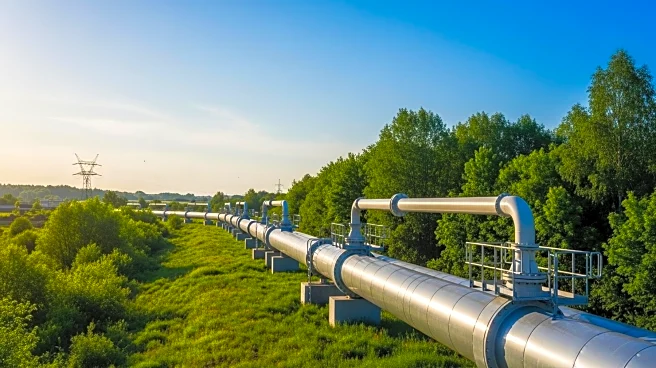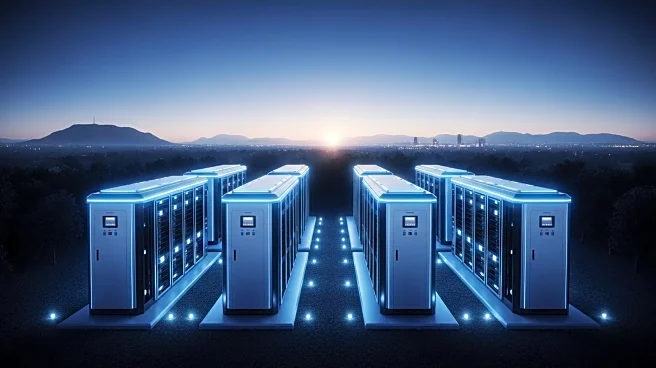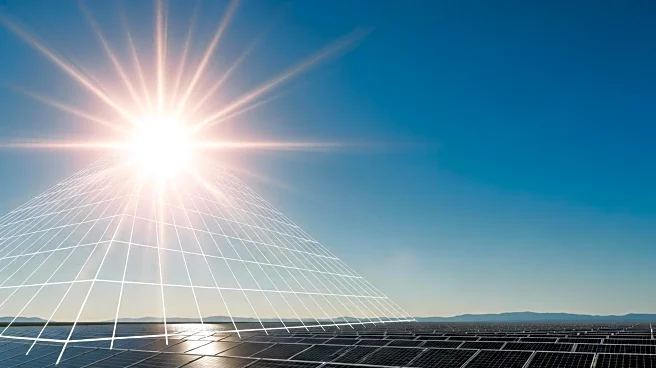What's Happening?
Enbridge is expanding its energy infrastructure to meet the growing demand from AI and data centers. The company is developing the 600 MW Clear Fork Solar project near San Antonio and expanding the Southeast Supply Header pipeline across Louisiana, Mississippi, and Alabama. These projects aim to support major electric utilities serving data centers. Enbridge's diverse portfolio includes natural gas transmission, storage, gas utilities, and renewable power operations, which are crucial for delivering a mix of energy sources that support clean energy ambitions while ensuring continuous baseload power.
Why It's Important?
The expansion of energy infrastructure by Enbridge is significant as it addresses the increasing energy demands of AI technologies. As AI continues to grow, its energy consumption will rise, necessitating reliable and sustainable energy sources. Enbridge's efforts to diversify energy sources and improve emissions intensity are crucial for supporting America's competitive advantages in technology and energy. The company's strategic positioning near fast-growing data center clusters highlights the importance of infrastructure in delivering energy where it is most needed.
What's Next?
Enbridge's ongoing projects, such as the expansion of the Texas Eastern Transmission system, will continue to support the Homer City Redevelopment generating facility in Pennsylvania. This facility is set to become the largest natural gas-fired power plant in the U.S. dedicated entirely to data centers and AI. The company's approach to energy evolution includes lowering emissions intensity and transitioning customers to lower-carbon options, which will be essential in meeting future energy needs.
Beyond the Headlines
The expansion of energy infrastructure to support AI growth highlights the ethical and environmental considerations of technology development. As AI's energy appetite increases, balancing efficiency gains with sustainable practices becomes crucial. The Jevons paradox, where efficiency gains lead to greater demand, underscores the need for data-driven planning and coordination between policymakers, hyperscalers, and energy providers.












